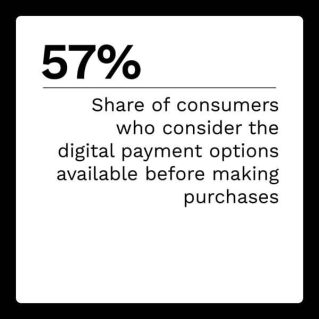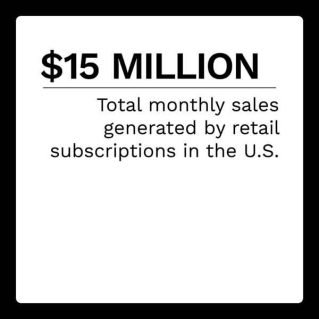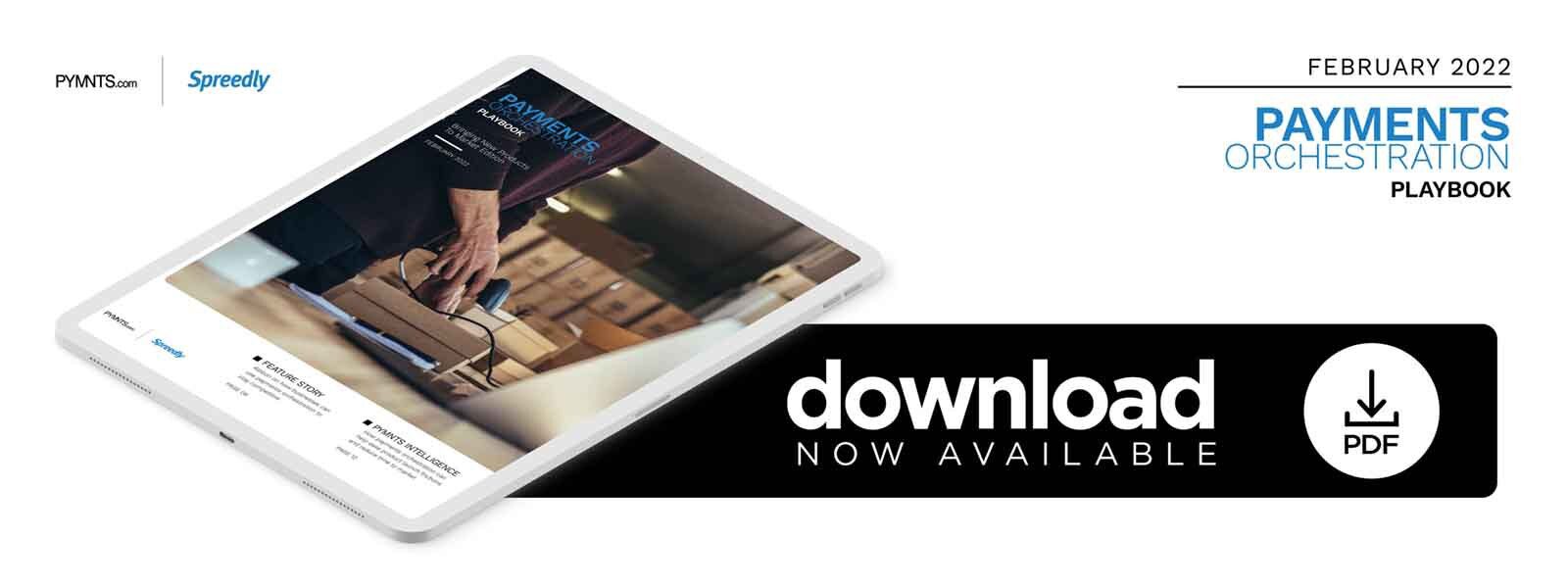Payments Orchestration Helped Turn Trade Shows Digital

What consumers want out of their interactions with businesses has changed rapidly since the onset of the global health crisis, with more individuals than ever flocking online or to digital-first payment methods, such as mobile wallets, to complete their purchases. Recent PYMNTS data found that 57% of consumers check to see what digital payment options are available at their chosen merchants before they complete their transactions.
This shift puts pressure on merchants to ensure they support emerging payment tools, but this is just the first step for businesses seeking to match consumers’ changing needs. For example, consumers are also showing an increased interest in subscription services and other types of reoccurring experiences that offer them more conveniences, meaning businesses must be sure they are innovating their product and service offerings to capture individuals’ attention.
In the latest Payments Orchestration Playbook: Bringing New Products To Market Edition, PYMNTS looks closely at the challenges businesses are facing as they look to bring new products and services to market in an increasingly digital-first world, as well as how payments orchestration can help.
Across the Payments Orchestration Ecosystem
Small- to medium-sized businesses (SMBs) are taking steps to improve their business models to keep pace with their customers’ changing wants and needs. One recent study found nearly 24% of United States SMBs have implemented more contactless payment options to appeal to digital-first consumers, for example. Another 19% of SMBs noted they plan to shift either entirely or partially to eCommerce business models this year, indicating that offering a seamless online experience is becoming more of a priority for such businesses. Making such a shift also requires these companies to innovate their back-end operations to ensure they can support online sales and payments at the speed and scale expected by consumers, making it key to incorporate solutions like payments orchestration.
 The need to offer competitive products and experiences also prompts companies to consider new and emerging tools, such as embedded payment solutions. Embedded payments enable consumers to make purchases directly on merchants’ websites or digital platforms without being redirected to third-party sites to complete their transactions, simplifying the overall experience for greater convenience. Interest in the benefits of such solutions is particularly growing among merchants in Europe, with one recent report finding that while just 4% of companies across France, Germany, Italy, Spain and the United Kingdom currently offer embedded payments, 96% plan to do so in the next five years. Keeping an eye on the role of such solutions should therefore be a top goal for today’s businesses.
The need to offer competitive products and experiences also prompts companies to consider new and emerging tools, such as embedded payment solutions. Embedded payments enable consumers to make purchases directly on merchants’ websites or digital platforms without being redirected to third-party sites to complete their transactions, simplifying the overall experience for greater convenience. Interest in the benefits of such solutions is particularly growing among merchants in Europe, with one recent report finding that while just 4% of companies across France, Germany, Italy, Spain and the United Kingdom currently offer embedded payments, 96% plan to do so in the next five years. Keeping an eye on the role of such solutions should therefore be a top goal for today’s businesses.
To learn more about these and other stories, visit the Playbook’s News and Trends.
Why Payments Orchestration Is Key for Omnichannel Businesses’ Success
The pandemic halted in-person commerce and events such as trade shows, causing many companies to reexamine the way they conduct typical business practices, including internal operations and consumer-facing payment experiences. Companies are now on the hunt for newer, more efficient ways to meet with potential vendors and to streamline their business-to-business (B2B) and customer-facing payment experiences. As such, it is important to enable a smooth and easy payments experience for vendors and business partners regardless of channel, explained Lindsay Thain, lead product manager for multivendor wholesale platform Ribbon, in a recent PYMNTS interview.
To learn more about why businesses must look to streamline their B2B payment and back-office operations and how payments orchestration can help, visit the Playbook’s Feature Story.
PYMNTS Intelligence: How Implementing Payments Orchestration Helps Improve Product Launches, Cut Time to Market
 Consumers everywhere turned to digital-first businesses following the impacts of the pandemic, leading retailers and other entities racing to adjust their business models to meet shifting needs. This migration to virtual channels has continued in recent years, leading a rising percentage of SMBs to create plans to become fully-digital entities to keep pace. Successfully doing so requires businesses to offer access to online websites and platforms, and to emerging products and services, that can keep their customer’s attention. This is where solutions such as payments orchestration, which can enable businesses to easily support multiple payment methods and reduce key operational frictions, can come into deeper play.
Consumers everywhere turned to digital-first businesses following the impacts of the pandemic, leading retailers and other entities racing to adjust their business models to meet shifting needs. This migration to virtual channels has continued in recent years, leading a rising percentage of SMBs to create plans to become fully-digital entities to keep pace. Successfully doing so requires businesses to offer access to online websites and platforms, and to emerging products and services, that can keep their customer’s attention. This is where solutions such as payments orchestration, which can enable businesses to easily support multiple payment methods and reduce key operational frictions, can come into deeper play.
To learn more about how payments orchestration can help improve product launches, visit the Playbook’s PYMNTS Intelligence.
About the Playbook
The Payments Orchestration Playbook, a PYMNTS and Spreedly collaboration, is a monthly report series examining how merchants can optimize their payments processes to satisfy customers and maximize their revenues.
